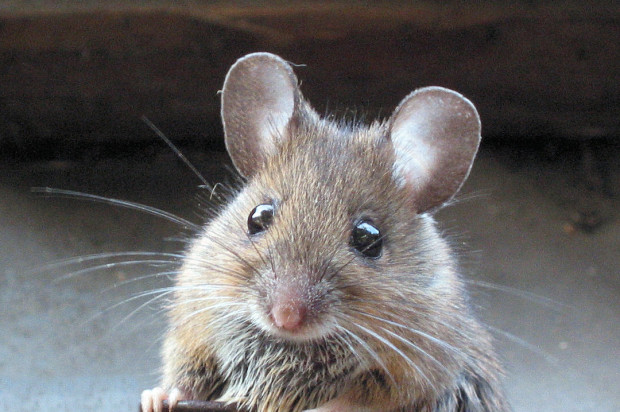
Federal wildlife officials released a draft environmental impact statement today on plans to eliminate invasive mice from the Farallon Islands, where they are threatening rare seabirds.
The U.S. Fish and Wildlife Service hopes to eliminate the invasive house mice from the South Farallon Islands by distributing a rodenticide, either brodifacoum or diphacinone.
The mice are not native to the islands, which provide critical habitat and nesting grounds for seabirds including the rare ashy storm-petrel and other wildlife, but were brought there by boats, wildlife service spokesman Doug Cordell said.
“They’re out there in plague numbers now,” Cordell said.
“Biologists say you can see the grass move with the mice.”
While the mice are not thought to directly attack birds like the petrel, they compete with other species for food and attract predators like burrowing owls. The owls, which would normally leave the island for the winter, stay on because of the ready food supply, Cordell said.
And then when the mouse population plummets, as it does every winter, the owls feed on the storm-petrels, he said.
While the plan to poison the mice has supporters, including environmental groups Island Conservation and Point Blue Conservation Science, it has drawn opposition from groups including Marin County’s Wildcare.
The wildlife rescue group has argued that brodifacoum is a potent, long-lasting poison that will kill non-target species including the burrowing owls and gulls that eat the poisoned mice. In addition, they have argued in public position statements that the program is unlikely to succeed in eliminating all mice on the island.
Brodifacoum was recently banned for consumer and commercial use, but an exception was carved out for conservation uses and it has been successfully used to eliminate rodent infestations on other islands, Cordell said.
While potent, it has the advantage of requiring a shorter period of distribution for it to work, Cordell said.
Diphacinone, the other rodenticide being considered, is less potent but needs to be left out for a longer period to be effective, he said.
Cordell said that before any rodenticide was distributed, wildlife officials planned to trap the burrowing owls in the area, which usually number no more than a dozen or so, and use “hazing” methods to scare gulls away from the area during the 4-6 weeks when the poisons are on the ground.
The draft environmental impact statement will be open for public comment until Sept. 30, and a public meeting will be held on Thursday Aug. 29th from 6 to 8 p.m. in the General’s Residence at Fort Mason in San Francisco.









